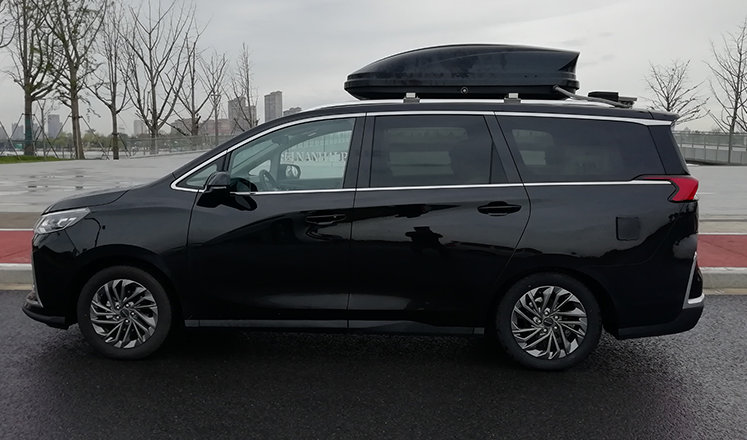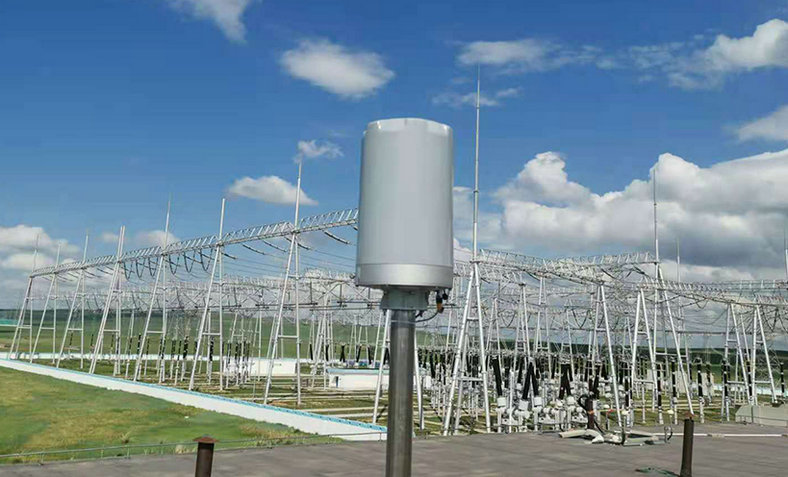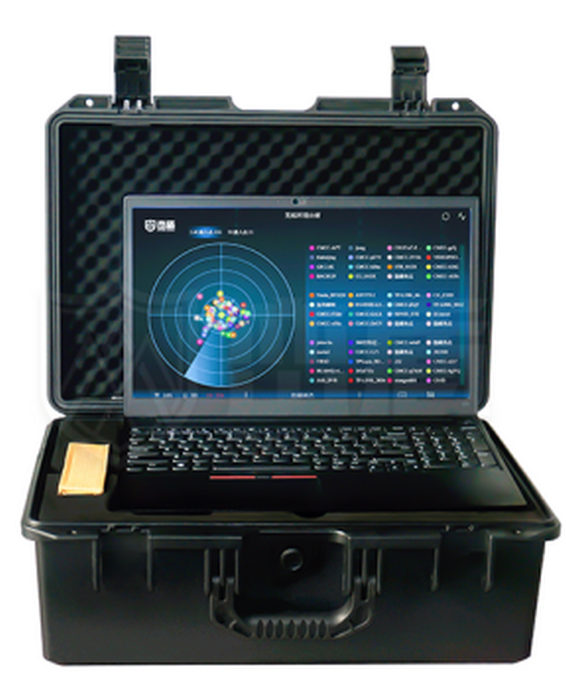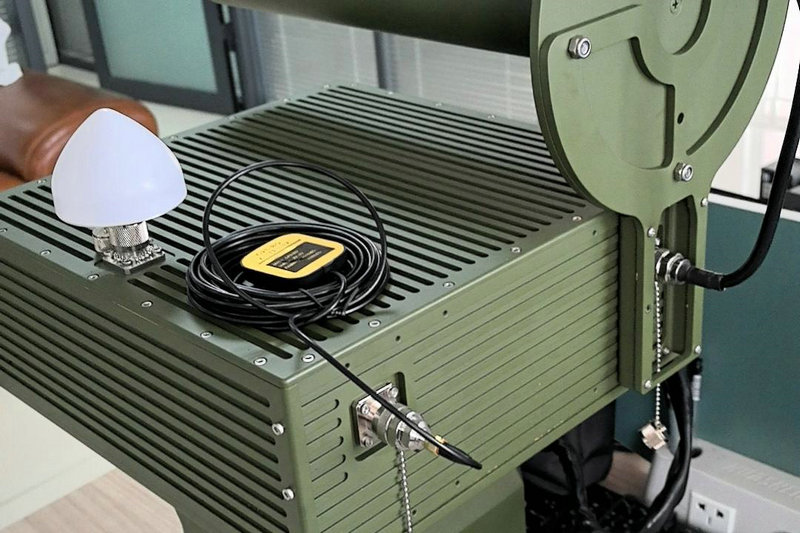
manufacturers of counter unmanned aircraft systems (CUAS) for hydropower, nuclearpower,state agencies,electrical power system! suppliers of anti uav defense systems (AUDS) for airport,petroleums, state agencies, military bases, solar power in china.


AUDS (anti unmanned aerial vehicle defense system) can be applied to hydropower facilities to enhance the security and protection of these critical infrastructure assets against potential threats posed by unmanned aerial vehicles (UAVs) or drones.
according to the technical requirements of the power grid UAV countermeasures system, we provide navigation deception equipment to decoy drones and drive them away or make an emergency landing outside the control range; for power grid enterprises, thermal power generation enterprises, hydropower generation enterprises, wind power generation enterprises, solar power generation enterprises, nuclear power generation enterprises and other fields.


the anti-drone defense system’s transmission power and frequency band are in compliance with frequency band regulations. the anti-drone defense system should be able to work automatically and continuously for 24 hours without personnel on duty. the application of anti-drone defense systems must not cause harmful interference to surrounding important facilities. the application of anti-drone defense systems should have safeguard measures and must not affect the timing of the power system. the anti-drone defense system has a test report issued by a national-level radio testing and appraisal agency.
if unauthorized drone is identified as a threat, the AUDS system can employ countermeasures to neutralize or mitigate the drone. these countermeasures may include jamming the drone's communication links, disrupting its navigation systems, or capture the drone. the system provides real-time alerts to security personnel, enabling them to respond quickly to potential drone threats. This may involve enhancing security measures, monitoring the situation, or intercepting and neutralizing the drone as necessary to protect the hydropower facility.


the application of AUDS anti drone defense systems in the hydropower sector is particularly important. protecting hydropower infrastructure is crucial as it plays a significant role in a region's energy supply. Unauthorized drone intrusions can lead to security breaches or disruptions in power generation.
drones flown near hydropower facilities pose a safety risk for workers, as well as the risk of accidental collisions with equipment. drones can be used for unauthorized surveillance or data collection near hydropower installations, which can pose a risk to sensitive information and operational security.hydropower facilities are often located in ecologically sensitive areas. Unauthorized drone flights can disturb wildlife or affect the environment.
by employing AUDS anti-UAV defense systems, hydropower facilities can proactively address these security and safety concerns, helping to ensure the continuous and reliable operation of these critical energy assets. These systems are part of a comprehensive approach to safeguarding infrastructure against the evolving threats posed by drones.
| types | anti-uav defense system (AUDS) of change UAV navigation BT2000 | ||||||||
| working distance | 500m | ||||||||
| working frequency | Civilian UAV navigation frequency band | ||||||||
| signal power | less than 10dBm | ||||||||
| power consumption | less than 30w | ||||||||
| power supply | 220V,POE | ||||||||
| working temperature | -40 degrees ~ 70 degrees | ||||||||
| storage temperature | -40 degrees ~ 85 degrees | ||||||||
| protection grade | IP66 | ||||||||
| size | 450*450*400mm | ||||||||
| anti-uav defense system (AUDS) of change UAV navigations BT2000, mini UAV,camera drones, best UAV, adults drones, big UAV systems,AUDS, CUAS,PTZ,PID,RTK,UWB, TDOA, UAVs | |||||||||
|---|---|---|---|---|---|---|---|---|---|
- home
- products
- contact
- equipments
- AUDS systems
- TDOA systems
- change UAV navigation 2000
- UAV scout hit combines 3000
- scout edit UAV fly 4000
- scout hit edit UAV 5000
- anti drone system JDY6000
- AOA systems
- vehicle mounted AUDS
- anti drone jammer guns
- anti UAV boxes
- all frequency jammers
- AUDS for public safety
- CUAS for electric power
- TDOA for petroleums
- AUDS for military bases
- CUAS for aviation airport
- TDOA for prison guard